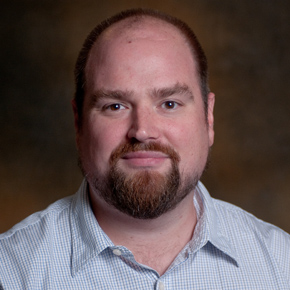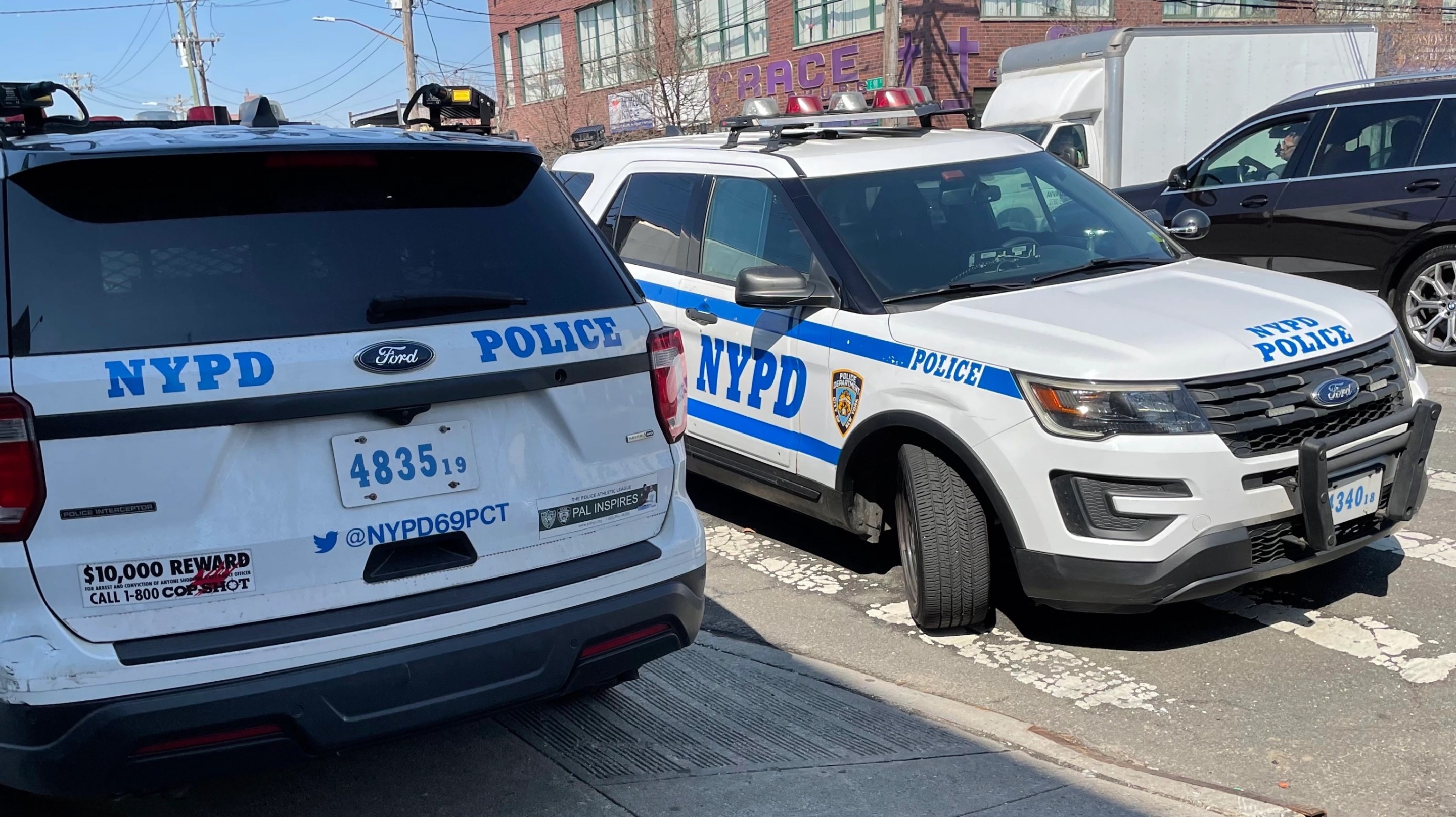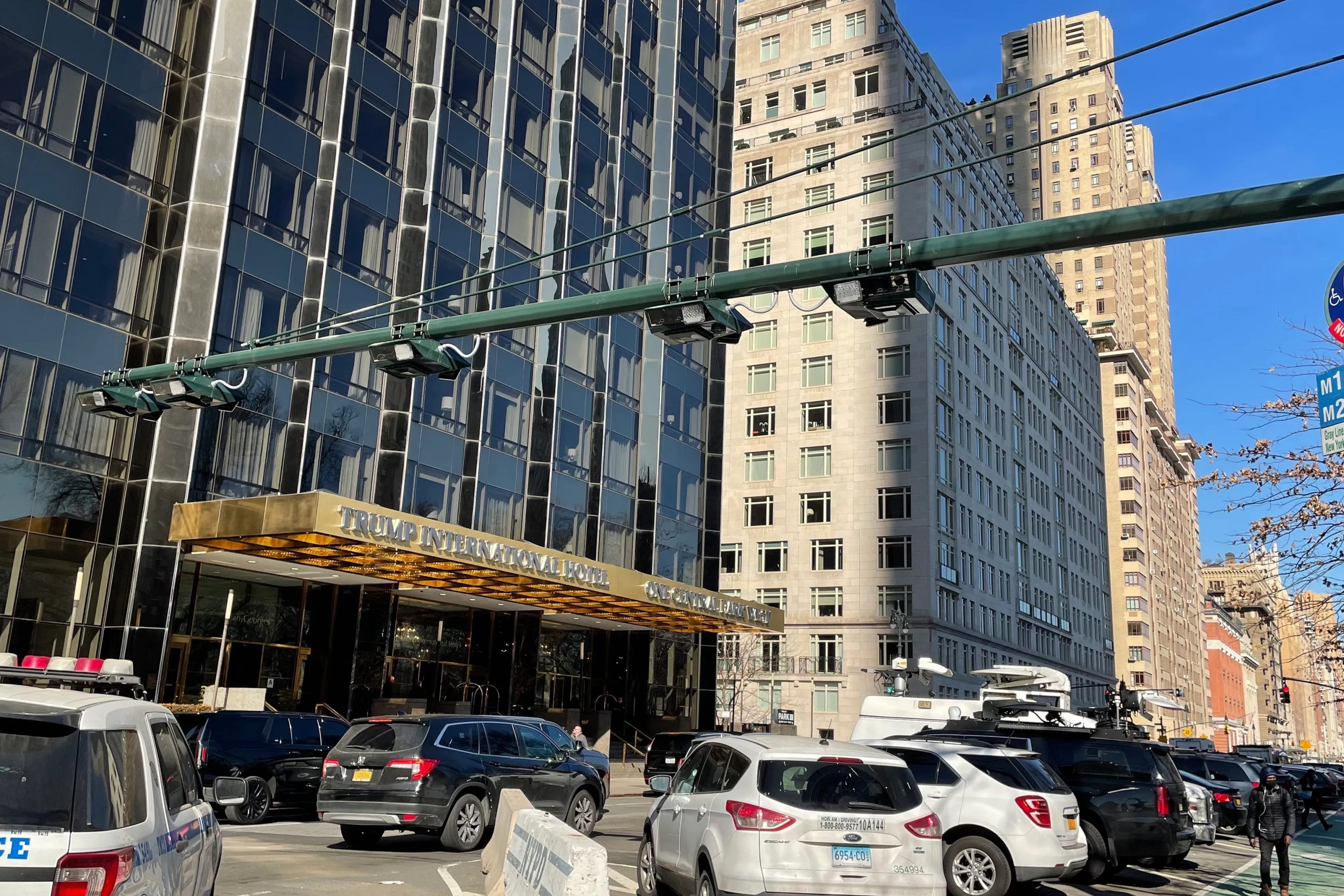Police in New York City manage to park wherever they please with little consequence — a dangerous behavior that chokes traffic, and communicates a troubling double standard between the prerogatives of the police and the public good. The prevalence of NYPD officers’ illegally parked personal cars is more than a matter of government agents looking the other way to protect their own. Rather, the NYPD actually lends quasi-official status to areas where its officers can park illegally — using a term known as “Self Enforcement Zones” to avoid accountability for these zones of impunity.
The NYPD Patrol Guide includes only one mention of Self-Enforcement Zones: to indicate that cops may only use NYPD parking placards to park within "designated” zones. But the term is not defined further. If we probe the way SEZs are actually invoked by the NYPD and its members, we discover that what might appear to be a problem of scofflaw cops is actually a problem that cops conform to the culture of the scofflaw NYPD.

In court filings, the NYPD describes SEZs as areas where a local precinct takes over parking enforcement from Traffic Enforcement Agents, allowing discretion over how and if to enforce parking rules according to policing and community need. This construct could be used, say, to allow double-parking in front of a house of worship during a service or, theoretically, to clear the area around a police precinct of officer’s cars — though I have never ever seen the latter.
We find several other definitions of SEZ’s, however, in the NYPD's own disciplinary Trial Decision Library – made public in 2021 — which is full of summaries of disciplinary cases heard before in-house NYPD judges.
According to testimony in one 2011 case file, the idea [behind the SEZ] was that Department members assigned to the precinct could park near the station house in spots that otherwise might be "summonsable.” According to testimony in another case, from 2010, SEZs are synonymous with "courtesy” in a "general area” — a reference to the “courtesy” officers give one to avoid consequences for illegal misbehavior. Such zones effectively exist wherever NYPD personnel plant a flag, and extend to anywhere folks with badges may congregate, but these two cases show how the NYPD — by declining to officially designate or document any SEZ at all — can pick and choose which areas to endorse or deny as a “real”SEZ at different times, and to different audiences.
In the 2011 case, Officer Fabio Checo had been recorded attempting to get fellow cops to “fix” a ticket he’d received while parked at a Bronx tavern, the Piper’s Kilt, via a wiretap stemming from an investigation of ticket fixing initiated by Bronx prosecutors in the year prior. Checo’s defense in his 2014 Department administrative trial was that the area around the bar was an SEZ because the clientele was “ so heavy with police officers,” who routinely parked at nearby fire hydrants and bus stops with impunity. Therefore, Checo claimed, he was just requesting a correction to a ticket that was improper to issue in the first place. Even IAB investigators admitted that it was “possible" that “it was pretty much well-known [in the precinct] don’t write summonses around [the Piper’s Kilt] because it’s always going to be a cop vehicle there,” while claiming SEZs “usually” apply to areas around commands, not any old watering hole frequented by cops.
The judge in Checo's case accepted the troubling premise that a ticket issued to a police officer in an SEZ would be illegitimate on its face. Determining Checo’s innocence or guilt came down to whether the vicinity of the Piper’s Kilt constituted a self-enforcement zone. The question would have been pretty easy to resolve if NYPD’s internal prosecutors had produced an official map or list of SEZs, but no such maps or lists exist. In the end, the judge decided that an area does not become a SEZ just because cops hang out nearby and park in the vicinity. But the ruling was a matter of reasoning when — if SEZs were actually “designated,” as the Patrol Guide would indicate — it should have been a matter of consulting an official list.
In another case, from 2010, the NYPD’s judge found that “SEZ’s were semiformal affair [as] there did not appear to be an official list, certainly not a precinct-by-precinct list. Members of the Department were just supposed to know.” The case accused Officer John Eaton and his assigned partner of misconduct when they convinced a Traffic Enforcement Agent to issue a ticket to a car parked in a crosswalk knowing it belonged to a NYPD lieutenant, in an act of malice.
An illegally parked car was issued a ticket for illegal parking, so what was the NYPD’s allegation? That the officers lied by telling the enforcement agent that the car was not in an SEZ when, according to the NYPD, it “actually” was.
The Eaton case showed that the NYPD believes SEZ impunity zones extend to public crosswalks. But a subtler lesson is that the NYPD, when convenient, will treat as official something it does not bother to make official in the first place. Because we know that SEZs aren’t actually “designated,” Eaton and his partner were effectively accused of lying about the location or boundaries of a zone which has no official location or boundaries at all.
Compare the two cases. In the Checo case, the NYPD’s position was that an area around a bar is not actually an SEZ, even if it is conventionally treated as one. In the Eaton case, the NYPD claimed that officers were lying about the location of an SEZ which isn’t defined by anything but convention.
This doublethink helps the NYPD avoid confronting the unbridled parking excesses of its members (and the culture of courtesies with which it goes hand-in-hand), and avoid accountability for what it vastly allows. The Department gaslights the public by treating an SEZ that has become embarrassing or inconvenient as not officially designated. At the same time, the NYPD officially prohibits in SEZs what it functionally permits in SEZs, allowing the Department to also occasionally discipline an officer or two for misusing a placard or parking on a sidewalk — which the NYPD does from time to time.
I previously argued in Streetsblog that the best evidence suggests that NYPD officers receiving discipline for matters like placards and plates have been targeted in the NYPD for ulterior reasons, so we should be suspicious about the circumstances surrounding the 39 NYPD officers recently issued “command discipline” over parking on sidewalks and the like, according to NYPD Chief of Patrol John Chell (whom the NYPD declined to make available to Streetsblog, nor did the agency respond to questions about Chell's testimony to the City Council). Those cops must be on someone’s bad side to end up disciplined for behavior that is observable near precincts all over the city, and – as we saw in the Eaton case — acceptable to the NYPD in a SEZ that the Department finds convenient to treat as real.
The NYPD isn’t going to give up its seizure of our public space all of the sudden, especially if we imagine how many officers’ home purchases likely rest on an expectation that, after a 30-mile automobile commute, the car can just be dumped anywhere near their stationhouse, in a neighborhood that may have less than two feet of curb space per resident. But a step in the right direction, however imperfect, would be to require the NYPD to actually designate its SEZs as a matter of public record, with physical signage.
If the NYPD wants to claim a bus lane as eligible for employee parking, let it try to make an argument for that right. At least then we can have a democratic debate (and maybe some litigation) over just how much public space and how many crosswalks should be ceded to unregulated parking for police officers, and the public would have clear points of reference to distinguish between improper, dangerous parking that is somehow tolerated by enforcement agents, versus improper, dangerous parking resulting from a police department that officially takes public space for use as an employee parking lot.
Noah McClain is a sociologist who teaches at Santa Clara University in California. Before pursuing sociology, he was an investigator of police misconduct for New York’s Civilian Complaint Review Board. Read his work here or on Twitter at @NoahMcClain10.






